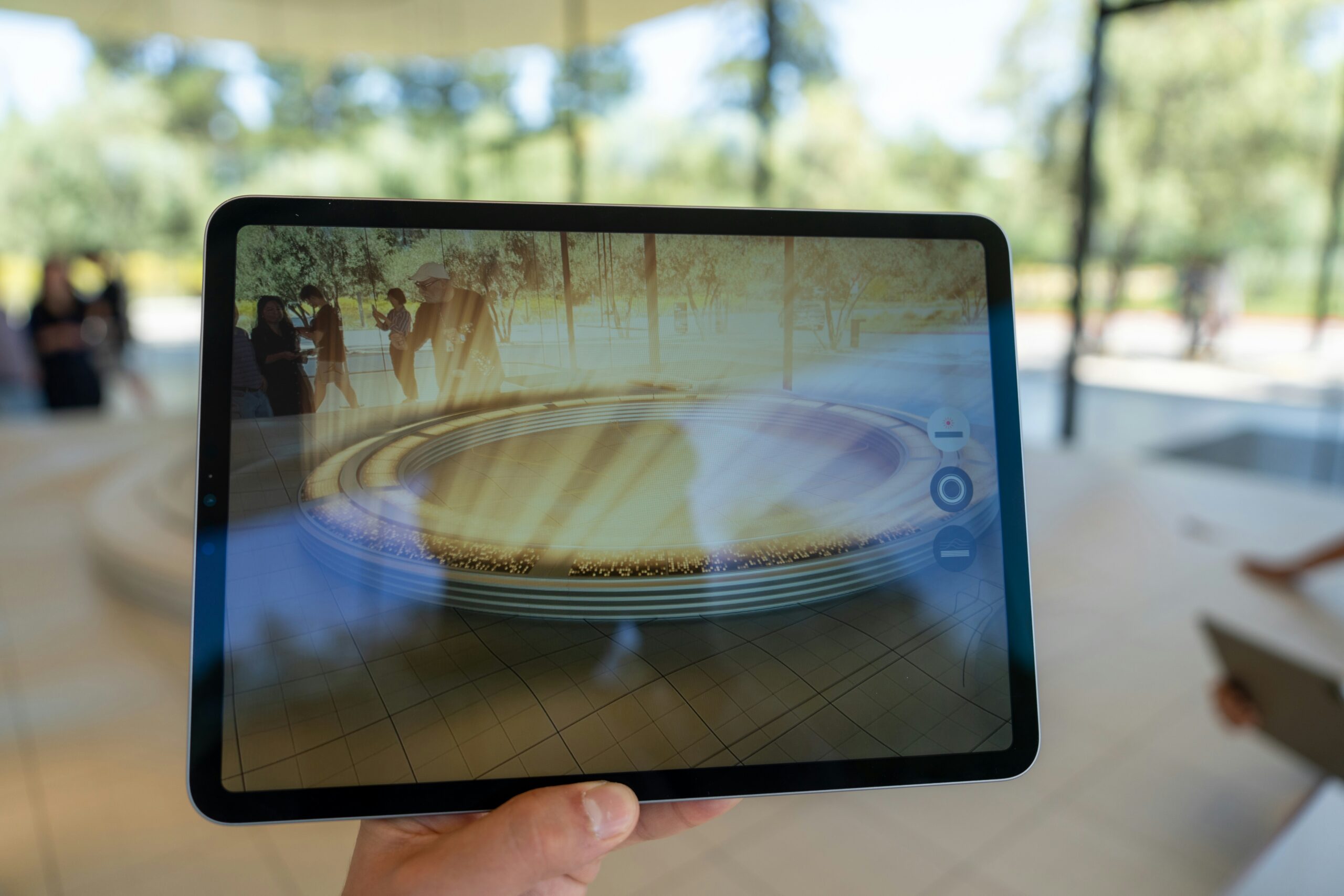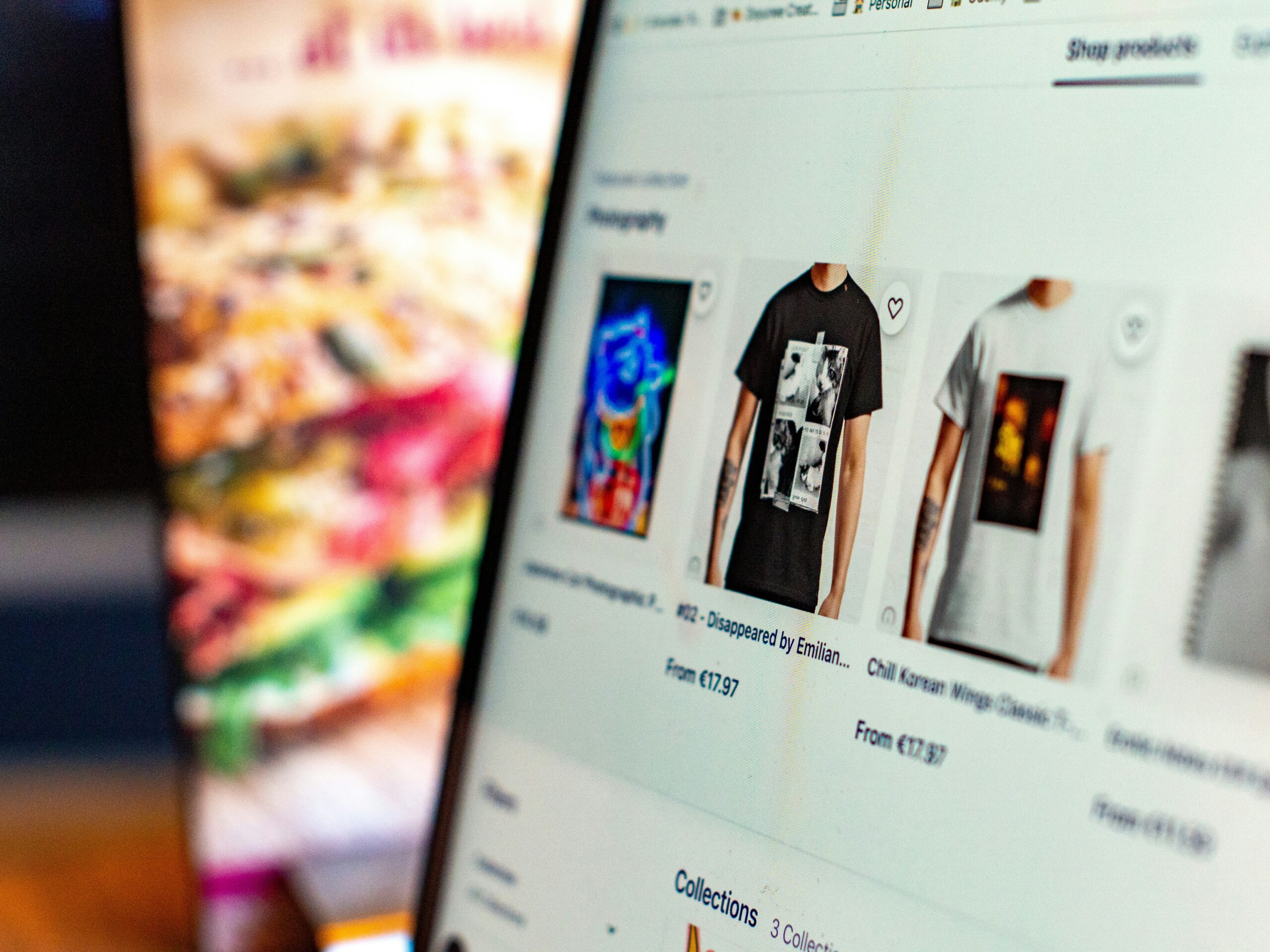Creating Moments of Goodwill: The Secret to a Memorable Brand Experience
July 30, 2025 | by qqvmedia.com

In today’s saturated digital landscape, standing out isn’t just about what you sell—it’s about how you make people feel.
The brands that last aren’t always the ones with the biggest marketing budget or flashiest product. They’re the ones that leave a lasting impression through moments of goodwill—those unexpected, genuine acts of kindness that show your brand cares.
Let’s explore how these moments can build loyalty, reduce churn, and make your brand truly unforgettable.
💡 What Is a “Moment of Goodwill”?
A moment of goodwill is a small, intentional gesture that prioritizes the human connection over the transaction. It’s when your brand does something helpful, thoughtful, or generous—without expecting anything in return.
And that’s exactly why it works.
In an age of endless upsells, complicated cancellation policies, and robotic support tickets, a moment of authentic kindness becomes remarkable.
🧠 Why It Works: The Psychology of Brand Loyalty
Goodwill activates the reciprocity principle—a powerful psychological driver where people feel naturally inclined to return a favor.
It also:
- Builds emotional trust
- Increases word-of-mouth referrals
- Turns cancellations into future comebacks
- Makes your brand feel more human
Think about it. When was the last time a brand surprised you with something helpful, without asking for your credit card in return?
You remember it, right?
That’s the magic.
✅ Examples of Goodwill in Action
1. No-Hassle Cancellations & Grace Periods
Instead of making users jump through hoops to cancel, offer a simple process—then follow it with a short grace period or message like:
“We’ve cancelled your plan. No worries—you’ll still have access until [date]. And we’ve saved your data just in case you come back.”
💬 Why it works: It feels respectful and generous, not desperate or cold.
2. Proactive Refunds or Credits
If you detect low usage, a failed integration, or a known bug, offer a partial credit before the user complains.
“Hey [Name], we noticed your account wasn’t running properly last week. We’ve issued a refund for that period—our treat.”
💬 Why it works: This shows integrity. It turns frustration into admiration.
3. Thank-You Notes & Small Gifts
Send a handwritten note or a small surprise to loyal customers, especially freelancers, creators, or small teams who often go unrecognized.
“You’ve been with us 6 months—just wanted to say thanks. Here’s a free upgrade for the next month.”
💬 Why it works: Unexpected appreciation creates a personal bond.
4. Follow-Up With Genuine Intent
After cancellation, don’t ghost them or send manipulative win-back emails. Instead, send a message like:
“Thanks for trying [Product]. If there’s anything we could improve, we’d love your honest feedback. No sales pitch—just curious.”
💬 Why it works: This feels human. It invites trust, not resistance.
📈 The Long-Term Value of Goodwill
Here’s what happens when you invest in goodwill:
- 🔁 Customers return after leaving
- 📣 Word-of-mouth marketing increases
- 💰 Customer Lifetime Value (CLTV) grows
- 🧠 Your brand earns a spot in the user’s memory—even after they churn
These outcomes aren’t short-term sales tricks—they’re brand-building strategies.
✨ Final Thought: Be the Brand They Remember Fondly
Every interaction is a choice. You can choose policy, or you can choose empathy. You can push for conversions, or you can build a brand worth returning to.
Your moment of goodwill may seem small to you—but to the customer, it might be the thing they tell their friends about.
Want help building retention flows or writing messaging that leaves a lasting impression?
We specialize in branding, UX writing, and customer lifecycle design. Reach out—we’d love to collaborate.
RELATED POSTS
View all


